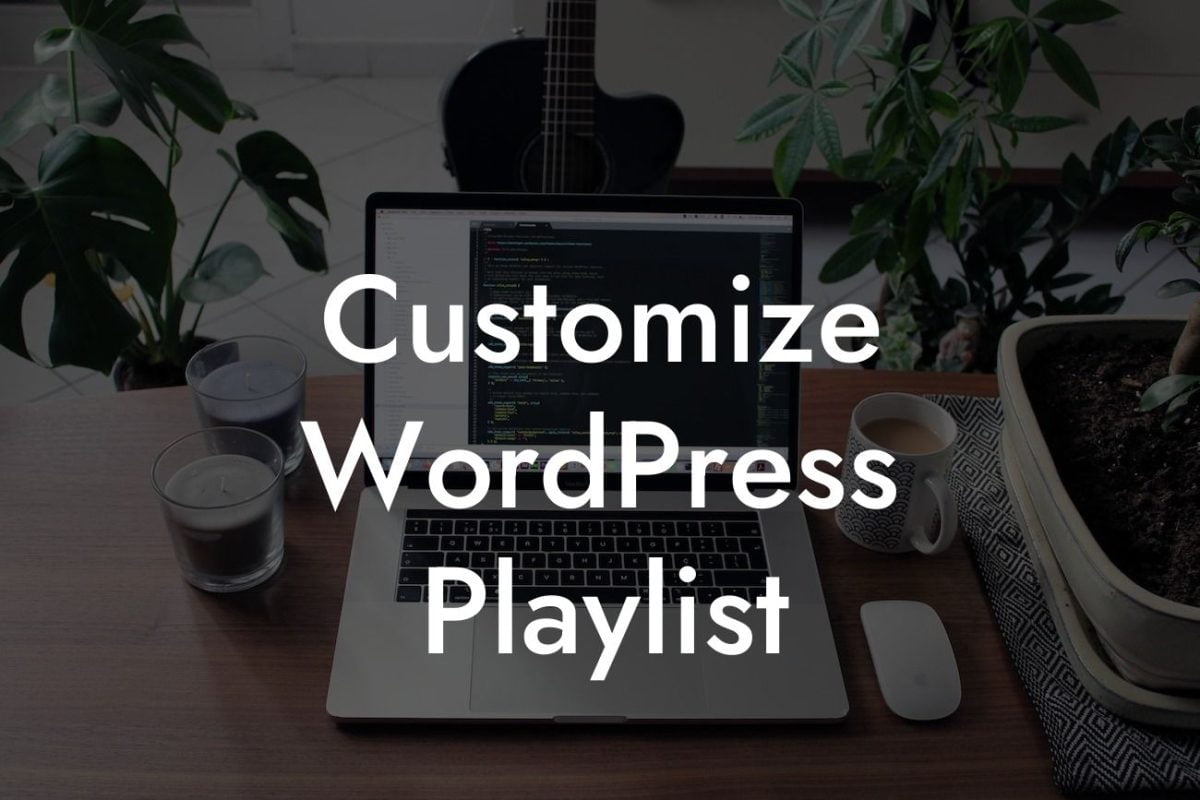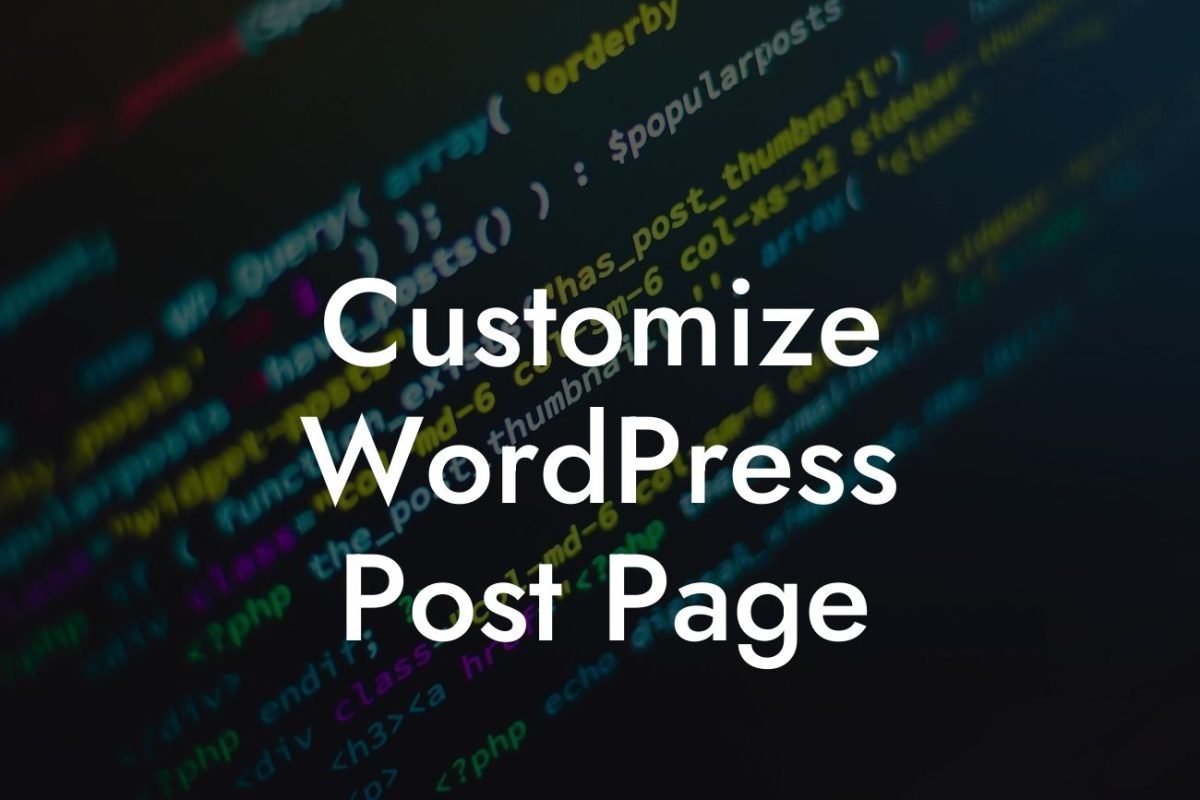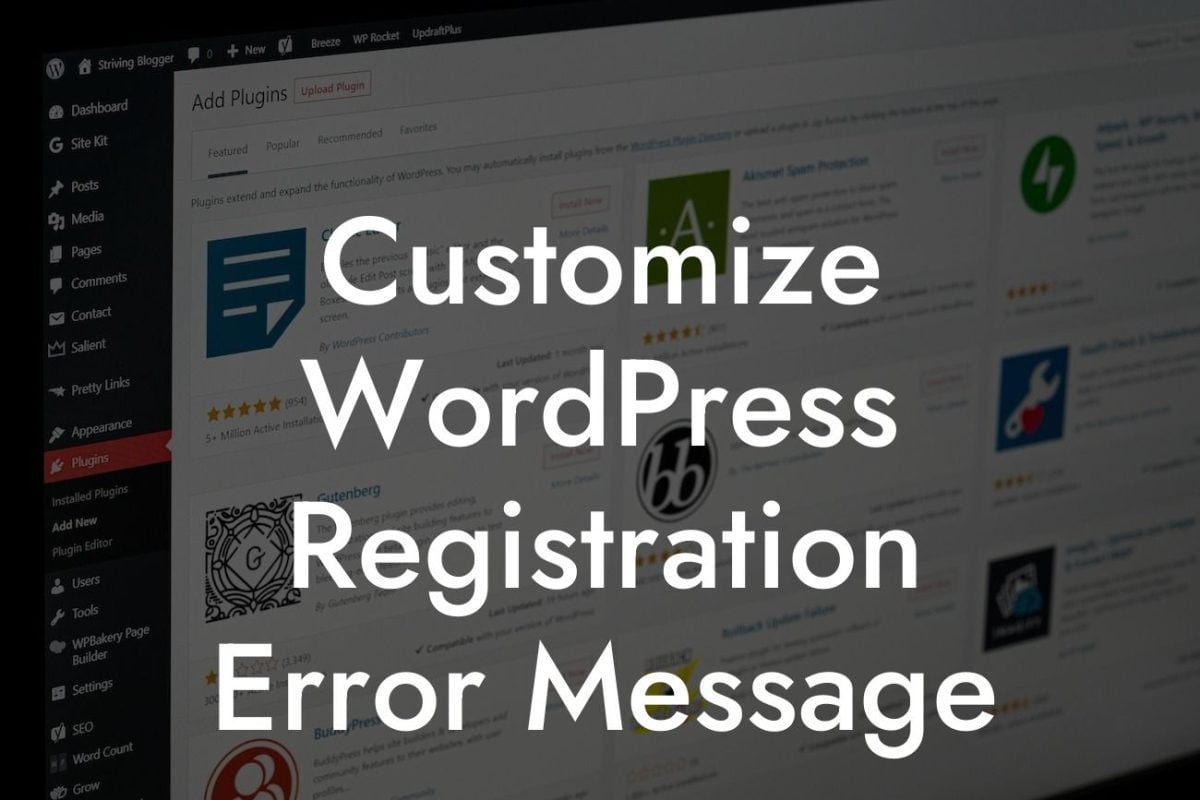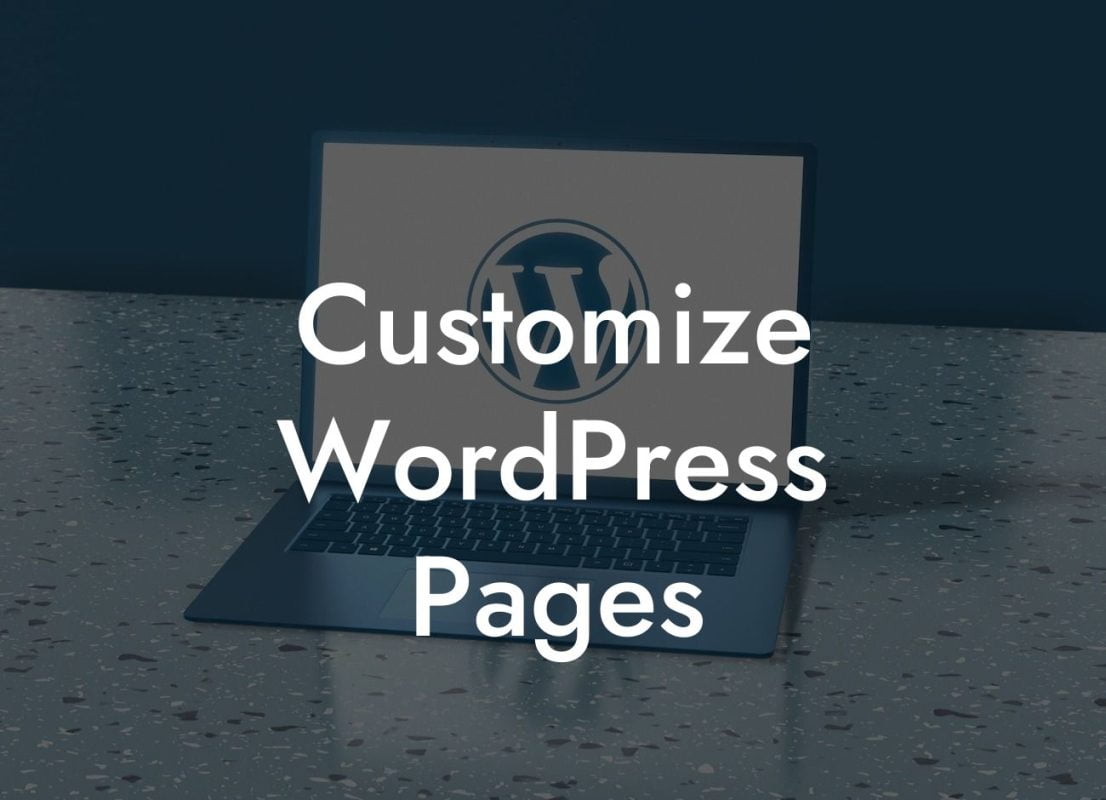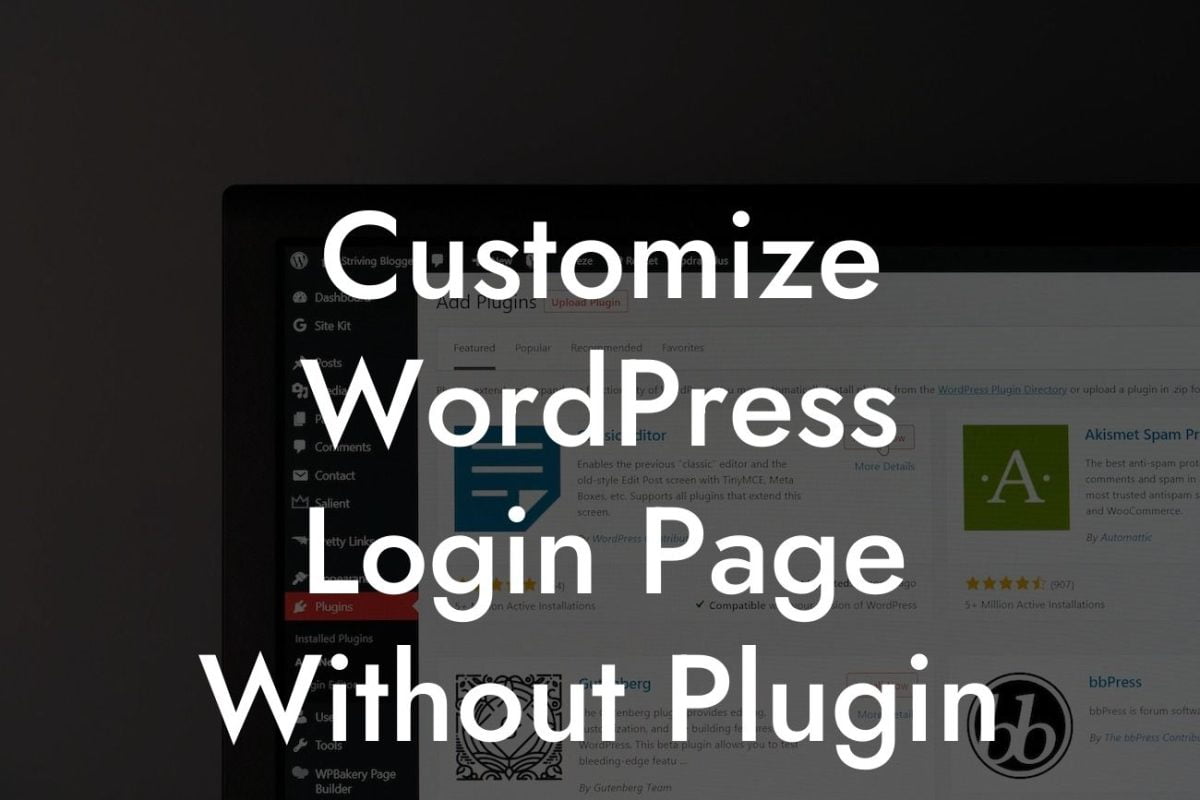WordPress is a powerful platform that allows small businesses and entrepreneurs to create a stunning website without the need for advanced coding skills. One of the best features of WordPress is its flexibility in customizing page layouts to suit your specific needs. By tweaking the layout of your pages, you can create a unique online presence that sets you apart from your competition. In this article, we will guide you through the process of customizing a page layout with WordPress, helping you unlock the full potential of your website.
Customizing your page layout in WordPress opens endless possibilities for design and functionality. Whether you want to showcase your products and services in a visually appealing manner or create a dynamic landing page that captures visitors' attention, you can achieve it all with the right approach. Here is a step-by-step guide to help you get started:
1. Choose a Suitable Theme: Start by selecting a WordPress theme that aligns with your business's goals and aesthetics. Look for a theme that offers flexible customization options, including the ability to alter page layouts. Numerous free and premium themes are available, allowing you to find the perfect fit for your website.
2. Install and Activate a Page Builder Plugin: To take full control of your page layout customization, install a reliable page builder plugin. There are several options available, such as Elementor, Divi, and Beaver Builder. These plugins provide a drag-and-drop interface and a wide range of pre-built modules, enabling you to create professional and visually stunning pages.
3. Create a New Page: Once your page builder plugin is activated, create a new page from the WordPress dashboard. Give it a suitable title and save it.
Looking For a Custom QuickBook Integration?
4. Customize Page Layout: With your new page ready, start customizing the layout using the capabilities of your chosen page builder plugin. Drag and drop various elements onto your page, such as headings, images, text boxes, and media widgets. Experiment with different design options, colors, and fonts to achieve the desired look and feel.
5. Add Widgets and Sidebars: WordPress provides widget areas and sidebars that you can incorporate into your page layout. These allow you to display additional information, social media feeds, or calls-to-action. Customize the widgets to align with your overall page design and business objectives.
Customize A Page Layout With Wordpress Example:
Imagine you operate a small restaurant and want to create a visually appealing menu page on your website. With WordPress and a page builder plugin, you can easily customize the layout to showcase your menu in an enticing way. You can add high-quality images of your dishes, descriptions, prices, and even options for dietary restrictions. By arranging these elements using drag-and-drop functionality, you create a beautifully organized and user-friendly menu page that leaves a lasting impression on your customers.
Congratulations! With the knowledge and guidance provided in this article, you have taken the first step towards creating a unique and captivating website with WordPress. Keep exploring DamnWoo's collection of awesome plugins to further enhance your online presence and unlock new possibilities for your business. Don't forget to share this article with others who might find it helpful and dive into our other comprehensive guides to master the art of WordPress customization. Start your journey towards extraordinary success today!




